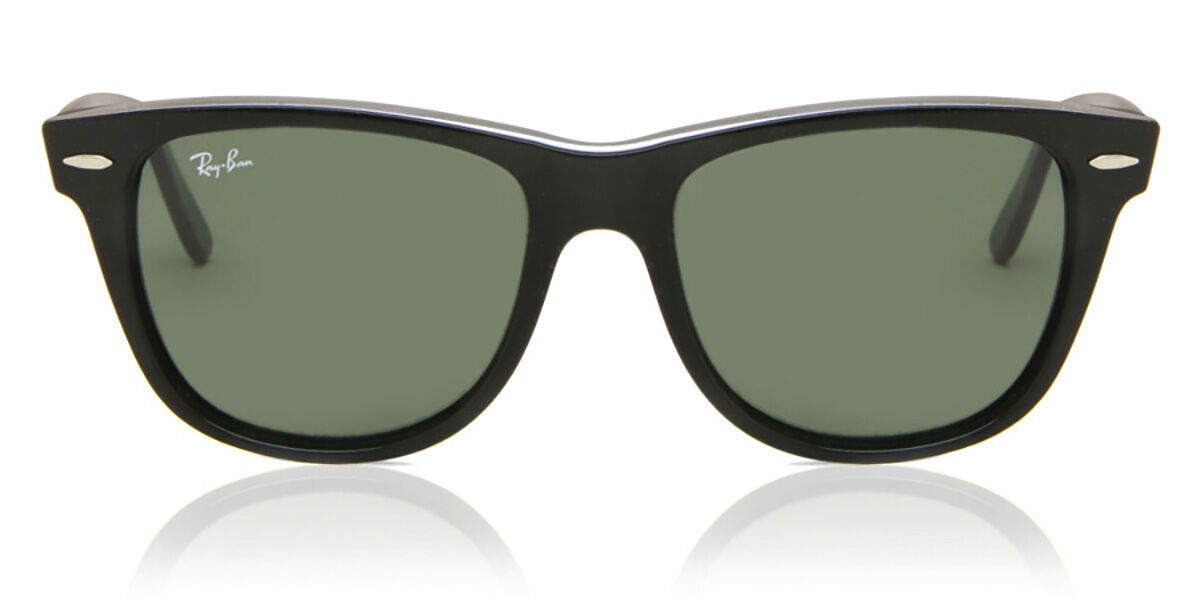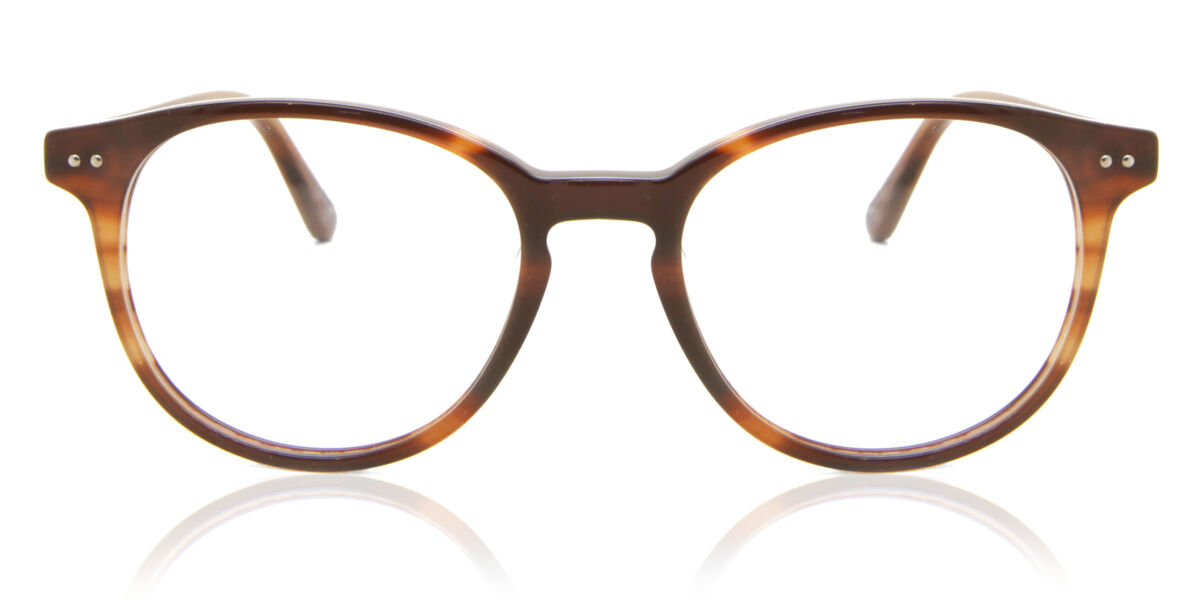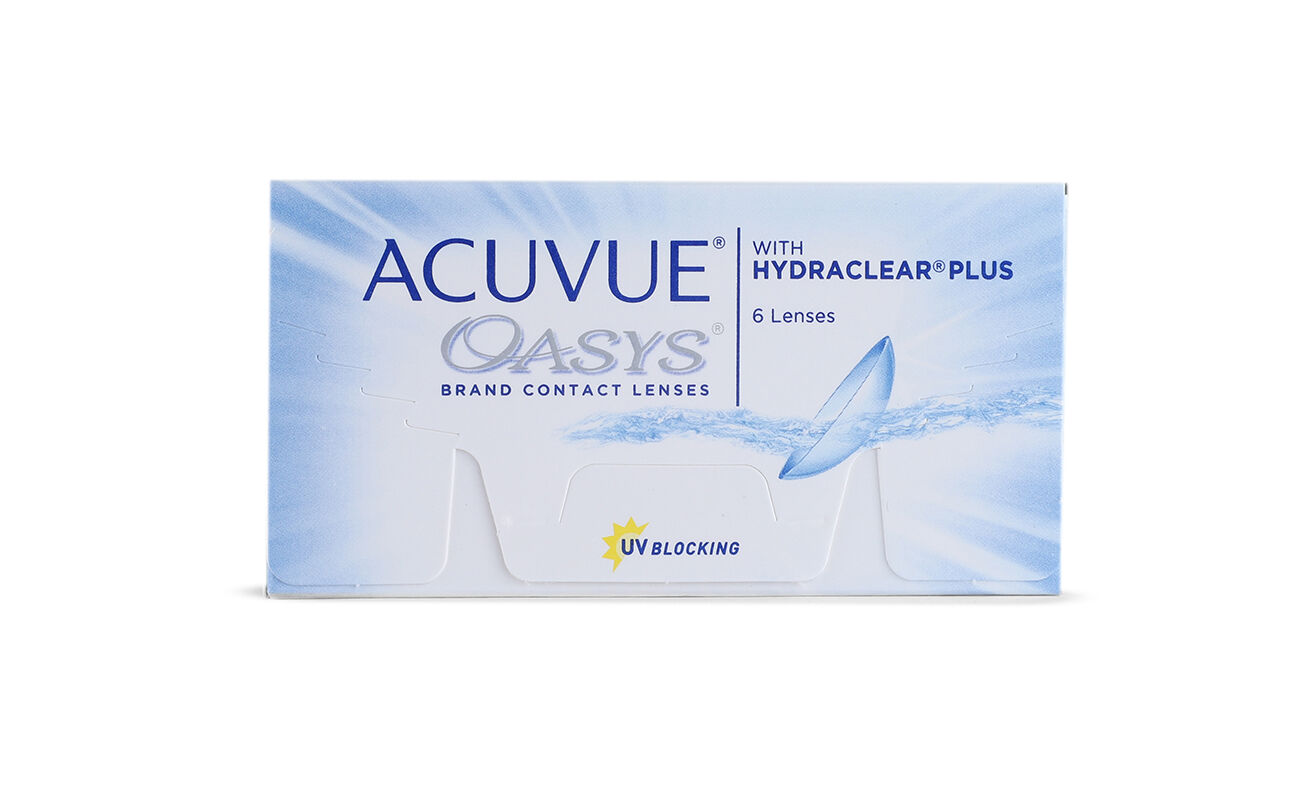
Spherical aberration, in the context of optical systems such as lenses for your glasses, is the deviation of light rays as they pass through the lens. This, in turn, causes images to appear blurred. A lens that is functioning correctly will focus all rays of light that pass through it into a single focal point.
People that are fortunate enough to experience 20-20 vision benefit from their eyes focusing light into their retina in this way, which therefore means they don’t need glasses to correct it. In the same way that our eyes can contain these imperfections, so can eyewear lenses.
What is spherical aberration in lenses?
Even with some of the most advanced lens systems, it can still present a challenge to have your entire view in perfect focus. Due to the spherical shape of lenses, light will bend at different angles depending on where on the lens it passes through.
The more curved the point of the lens is that the light passes through, the more steep the angle will be as it bends. See the diagram below for a visual representation. Notice how the rays do not meet at a mutual spot.
DID YOU KNOW?
The idea that aspherical lenses could reduce spherical aberration dates back to the “Islamic Golden Age”. Phycisicist and mathematician Ibn Sahl made the discovery in the 10th century.
One of the common issues that can be noted amongst glasses wearers is this spherical aberration of their glasses lenses. Spherical aberration in lenses causes similar issues to those encountered when it is present in the eyes.
It creates a fuzzy, or out of focus appearance on the outer part of a person’s field of view through the lenses. You could compare it to using a magnifying glass, which has the best focus at the central part of the lens but the outer band will be out of focus.
How important are the effects of spherical aberration?
The effects of spherical aberration are important since spherical lenses are far easier to produce and therefore lead to cheaper production costs for designer or affordable eyewear. This means that the product is, in turn, cheaper for customers.
When aspherical lenses are used to correct spherical aberration it can increase the cost of production and retail price, as you would expect for enhanced quality.
A problem that directly affects the glasses wearer, is the inability to focus on the outer edge of your field of vision and therefore having far reduced peripheral vision. Not only is that a bother, but it can also be potentially dangerous because your peripheral vision helps you to sense motion and detect objects coming your way.
How to avoid spherical aberration in lenses
Understandably, people don’t want to have to put up with the negatives that come from having lenses that cause spherical aberration. Aspherical (meaning non-spherical) lenses cleverly use their different curvature to counteract the negative effect of spherical aberration.
They make the rays of light that pass through the lens meet at the same focal point which solves the aberration issue.
They are also flatter than your standard lens and thanks to having less of a noticeable curve, are often considered more desirable in terms of aesthetic value. They eliminate the infamous ‘bug eye’ look that some glasses wearers, who use a strong prescription, have historically battled with because of the magnification of their eyes through the lenses.
The thinner profile of the aspherical lenses means that wearers have a greatly increased pool from which to choose their glasses frames. Aspherical lenses can fit into much thinner glasses frames and grant people the power to have that minimal look while still getting the corrective power that is needed to amend their vision.
Alongside that, they crucially provide you with better image quality and improve your peripheral vision which can be invaluable. If you have dealt with spherical aberration in the past and then experience aspherical lenses, you will have a whole new point of view.
Before the emergence of aspherical lenses, some of the options people had to avoid spherical aberration was to wear contact lenses or take the plunge of having laser eye surgery performed on them.
For certain people, laser eye surgery is not an option and contact lenses are not always suitable due to irritation of the eyes and other complications, including infections. That is why it is so important to have a cleaning routine that works for your contacts.
At SmartBuyGlasses, all of our lenses are aspherical and so you can get all the desirable benefits that come along with them, and avoid the frustrating effects of spherical aberration.
Related articles

Related articles











































